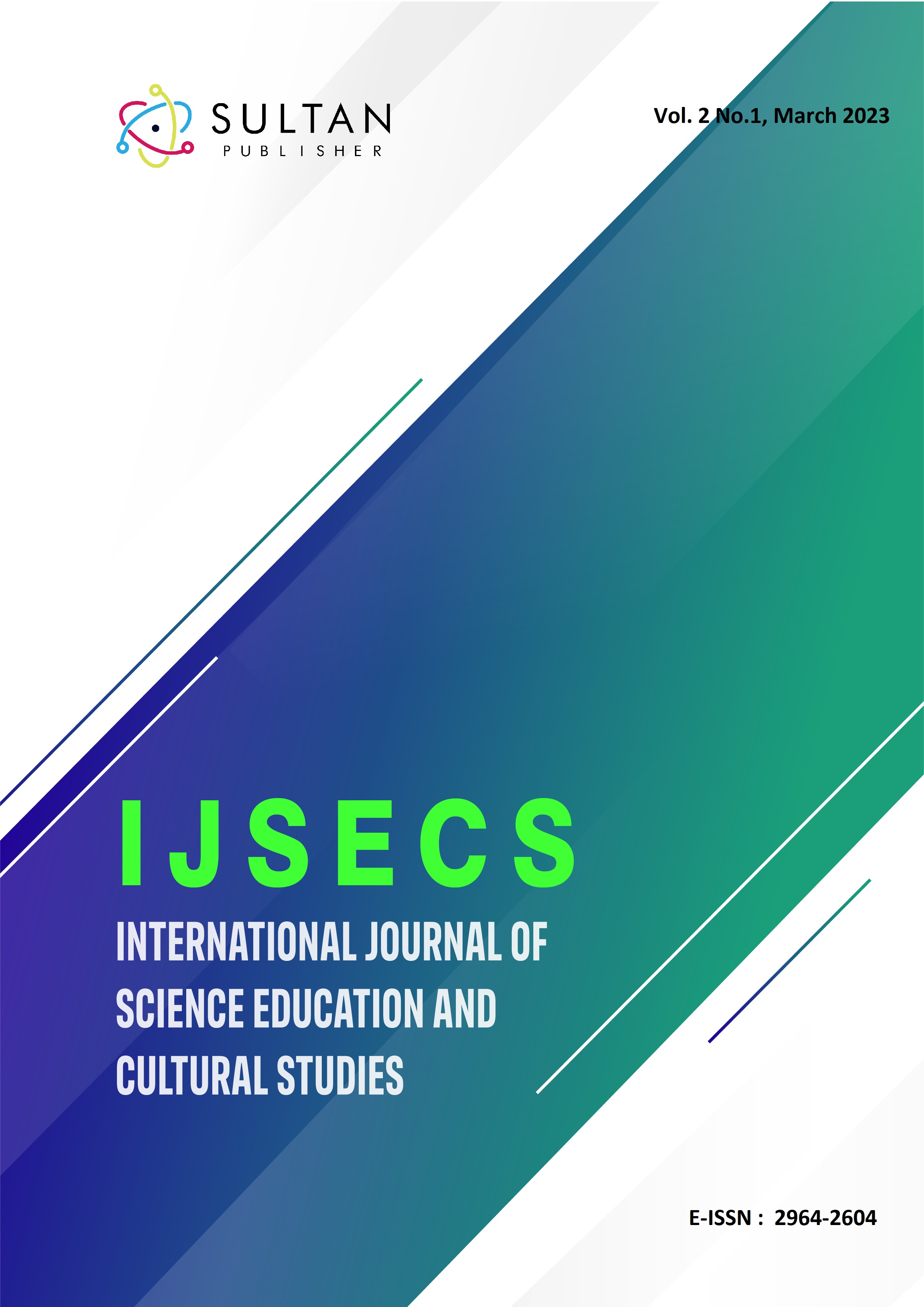Application of The student Teams Achivement Division (STAD) Type Cooperative Method on Algebraic Function Limit Material to Improve Learning Outcomes and Student Motivation
Keywords:
Learning outcomes, Learning motivation, STADAbstract
Mathematics is a universal science that will continue to develop along with the times, a science that is obtained carefully, clearly, and accurately. Learning and understanding math is difficult, complicated and scary because it requires students to think logically, carefully, diligently, systematically, and must have learning motivation. Learning motivation is a description that is often used to explain the success of students' learning tasks, the time and effort they devote to them, so that the desired learning goals are achieved. The higher the child's motivation, the higher the learning outcomes obtained by students. To increase students' motivation and learning outcomes in this study using the Student Teams Achievement Division (STAD) cooperative type. The purpose of this study was to determine the learning motivation and mathematics learning outcomes of students in classes that used Student Teams Achievement Division (STAD) cooperative type. The population in this study was the learning motivation and mathematics learning outcomes of grade XI students of MA Negri 1 Indramayu. The sample was selected randomly. The instruments used were a test of description questions and observation sheets of student motivation. The results of data processing obtained the average in cycle 1 for learning outcomes is 78.75 and the average motivation in cycle 1 is 2.86 with a sufficient category of 19 students and a less category of 7 students. The results of data processing in cycle 2 obtained an average for learning outcomes of 80.00 and an average motivation in cycle 2 of 3.36 with a sufficient category of 23 students and a good category of 3 students. And the results of data processing in cycle 3 obtained an average for learning outcomes of 86.92 and an average motivation in cycle 3 of 3.86 with a good category of 25 students and a very good category of 1 student. So it can be concluded that cooperative learning type Student Teams Achievement Division (STAD) can increase students' motivation and math learning outcomes. For further research, other methods can be developed to improve student learning outcomes.
Downloads

Published
How to Cite
Issue
Section
Copyright (c) 2023 Denni Ismunandar, Sobikhah, Misbahussurur, Tommy Tanu Wijaya

This work is licensed under a Creative Commons Attribution-ShareAlike 4.0 International License.




